Botanical
CRETE – ‘wonderful, dramatic’ Crete – has been famous for centuries for its flowers, many of which are unique (endemic) to the island. The Minoan people who built the great palaces such as that at Knossos admired flowers, and plants (accurately portrayed) appear in their frescoes and on their artefacts.
While it is a relatively small island, Crete’s native flora is remarkably rich. There are about 1,800 different species of flowering plants recorded, and of these around 180, one-tenth, are unique and found nowhere else in the world – such plants are called endemics. So Crete is a marvellous island for plant-hunting. (For comparison, Britain and Ireland combined have about 1400 native flowering plants.)
Among the endemics are the white peony Paeonia clusii, Cretan ebony (in fact a relative of clover) Ebenus creticus, the so-called “wall-lettuce” (it has no good English name) Petromarula pinnata that you will see even in Hania, a cyclamen, two tulips Tulipa cretica and the enigmatic Tulipa saxatilis (or T. bakeri supposed to be confined to Omalos), a close relative of the date-palm Phoenix theophrasti, and several orchids. Indeed Crete is an orchid enthusiast’s paradise; 14 different genera occur on the island.
The Cretans still harvest and use their wild plants. In the island’s markets, sacks full of grape hyacinth bulbs are on sale. In fact the tassel hyacinth (Muscari comosum) has been a delicacy since antiquity and its Greek name means edible bulb. In places such as Omalos Plain you will see small groups of women and men, all bending down and evidently digging up local plants. They are collecting spiny chicory (Cichorium spinosum), a vegetable delicacy that is blanched and served in olive oil with lemon juice.
Wildflowers of Crete
An invitation to join a private tour party for a week wandering among flowers and ancient sites.
Proposed programme for a one-week (8 nights) private visit to Crete of one of expert licensed...
More



_750_493_s.jpg)
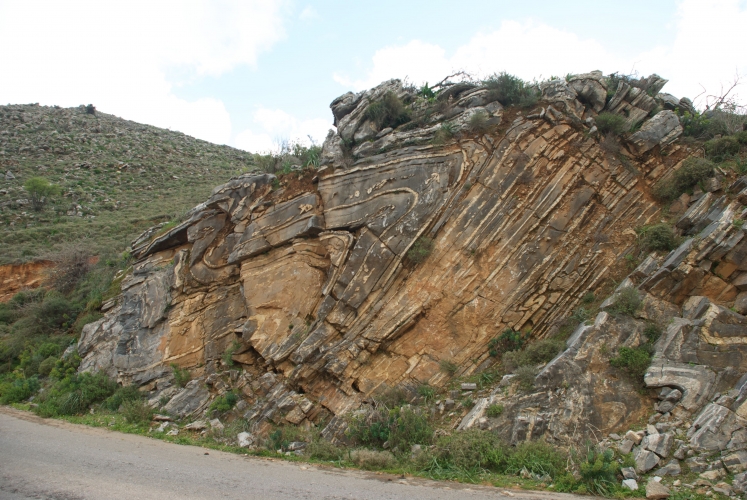
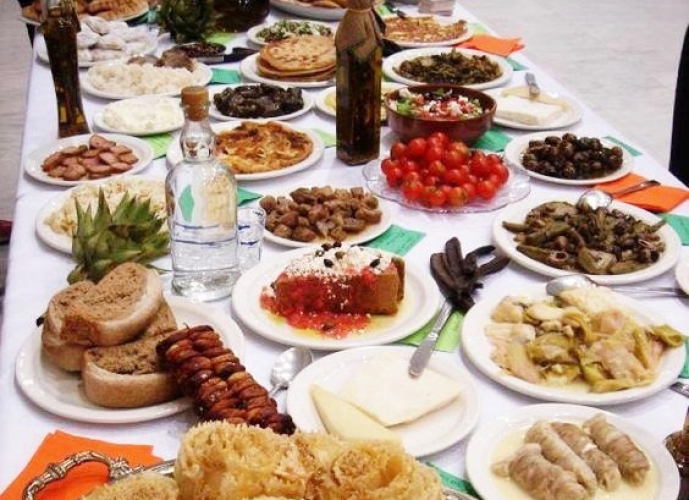
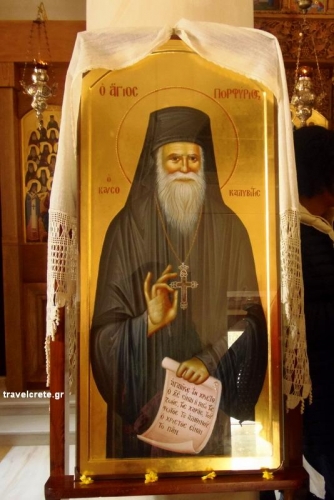

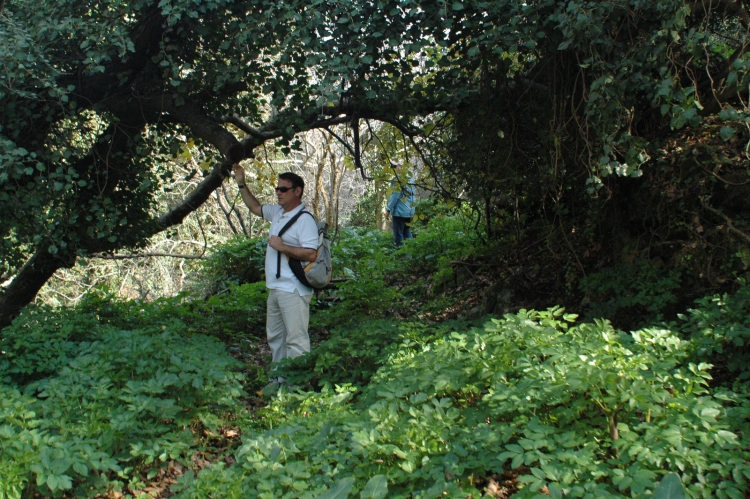
 Botanical
Botanical
 Culinary/Gastronomy
Culinary/Gastronomy
 Geology
Geology
 Hiking
Hiking
 Historical
Historical
 Village experiences
Village experiences
 Sports activities
Sports activities
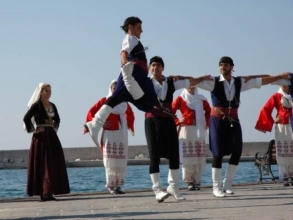 Cultural
Cultural
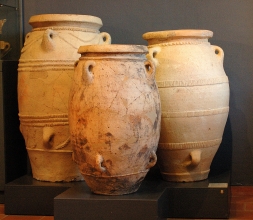 Archaeology
Archaeology
 Shopping
Shopping
 Religious Tourism
Religious Tourism
 Congress
Congress
 Accessible Tours
Accessible Tours
















